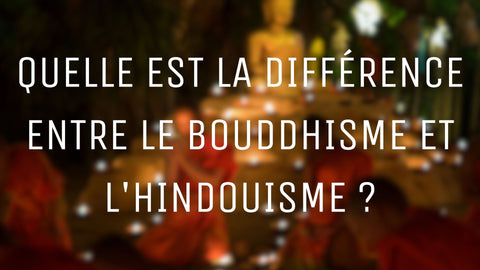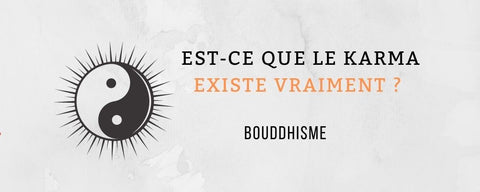
Does Buddha really existed?
of reading
Did Siddhartha Gautama existed?
Siddhartha Gautama, the future Buddhacould have become a prince like his father. He decided to continue awakening rather than becoming a king. It is possible that the "awake" has lived and died only for this reason.
The Buddha is the only one of these three people who did not leave in writing behind her. In different ways, each of these three individuals has revolutionized humanity by speaking alone. For a long time, researchers are worried about the transmission of their words. Is she trustworthy? Are the statements attributed to them authentic?

With the Buddha, the story is more obscure. However, it is considerably more complicated. Because there are a large number of texts, numerous and bulky, but all wrongly or wrongly, are claiming its direct online oral heritage.
Hundreds of subtras and texts are presented as the teachings of the Buddha, according to this method: "So I have heard ..." This opening phrase is used in hundreds of subtras and texts intended to transmit the message of the Buddha. They are described as the words of disciples - listeners who listened to, his lifetime, his conferences and his speeches
Because the Buddha would have preached, dialogue, responded and taught for more than forty years while traveling in the Ganges Valley, they are quite numerous. Between his "awakening" (bodhi in Sanskrit) and his death at the age of 80 or older, this long peregrination takes place.
A very long wait
The first major problem is the time that has elapsed since these messages have been written. Several centuries have passed! If a "historic" founder taught, it was most likely around the middle of the fifth century BC, although there is no insurance.
The death of the Buddha is estimated between 486 and 261 BC. Three volumes of research on the subject, published in Göttingen in the 1990s, conclude in the absence of an agreement. However, the Canon Theravada (the oldest literary collection recording the auditors' stories), which has not been compiled before the first century of our era.

Despite the fact that there are differences in the stories of his life, the Buddhists nevertheless defend it, affirming that it has elapsed sufficient time between the expected existence of Prince Gautama and the moment when the texts arosely recorded his words. How can we believe them? The usual response is that these lessons were memorized by listeners, who then retained and meticulously transmitted, because the Buddha is credited with a large number of statements.
If we consider all schools and traditions, there can be up to several hundred volumes! In addition, their great doctrinal divergence adds to confusion. According to current thinking, it is necessary to maintain that the original intuitions are identical to preserve a unit. Appearance
The original teaching of a man who lived in India, perhaps at the same time as Socrates in Greece, is at the heart of all Buddhism - ancient and modern, Indian and Chinese, Tibetan and Japanese. Who was this man ? How was his life? A simple answer to these questions exists. Let's summarize quickly.

The Adventure of Buddha
In northern India, Lumbini (in the current Nepal), was born a prince whose life was spared from any misery. As he is almost adult, he discovers human suffering by successively meeting a patient, an old man and a death. When he meets a wise, he sees the hope of finding a solution.
He devotes himself to the search for a solution to human suffering, if it exists. After leaving behind his opulent existence, his family and his son, he cuts his hair and joined a group of bad teachers who encourage him to extreme penity. It comes in to fasts and sacrifices for six years before giving up when it realizes that it has made no progress
Having rejected the two extremes of luxury and mortification, he decides to put things clear for himself by meditating under a tree until he discovered a solution or resigns.

When did Buddha live?
A team led by Robin Coningham discovered evidence of what could be the oldest Buddhist sanctuary in the world. During a search in Lumbini, Nepal, a team led by Robin Coningham discovered pole holes that come from a wooden fence surrounding a bodhigara, or "tree sanctuary"
It is said that Lumbini is a park where Queen Maya Devi has embraced a tree and gave birth to the historical character of Siddhartha Gautama, who has become later Buddha. "The question of whether Buddha has lived, is essentially a question of chronology," says Coningham.

The accurate date of the birth of the Buddha is subject to debate, the Nepalese authorities choosing 623 BC, while other traditions propose a later date, around 400 before J.-C .. the archaeological discovery Has been welcomed by specialists, but they urge further studies because trees were respected in pre-Buddhist Indian religions.
According to Robin Coningham, the early agricultural activity of the site suggests that it was cultivated around 1000 BC, before being taken care of by a Buddhist community comparable to a monastery in the 6th century BC. .




















